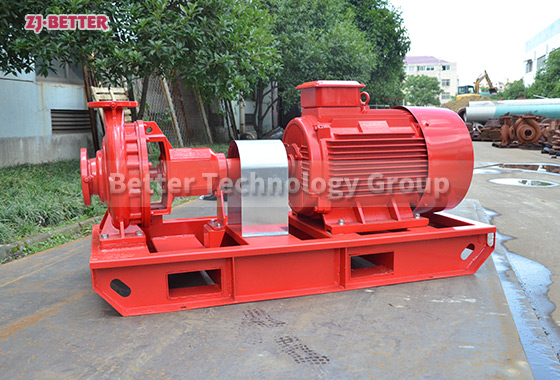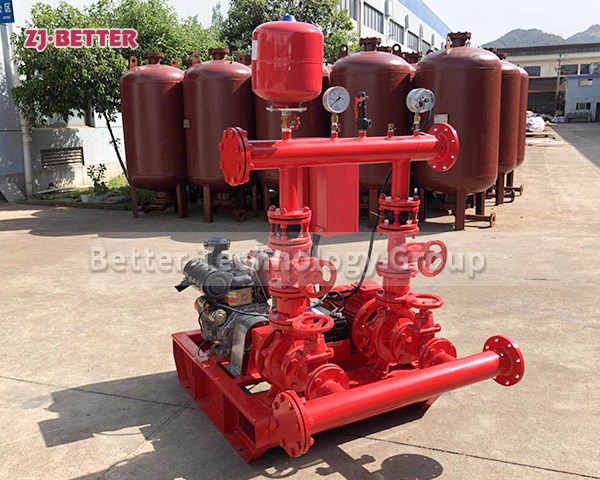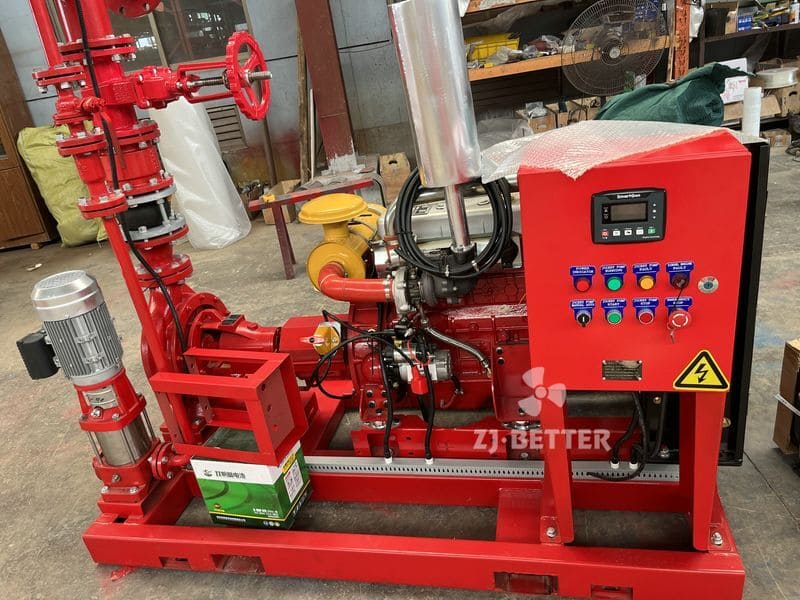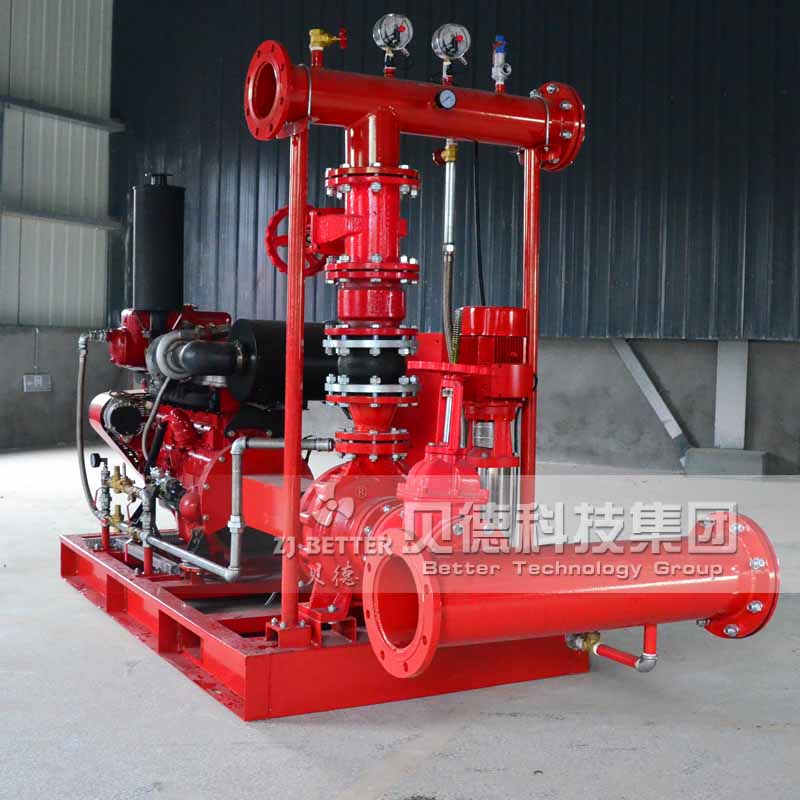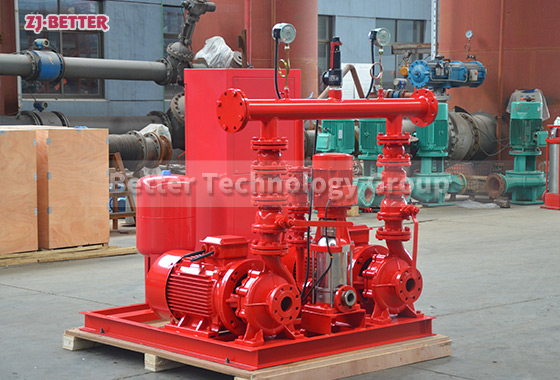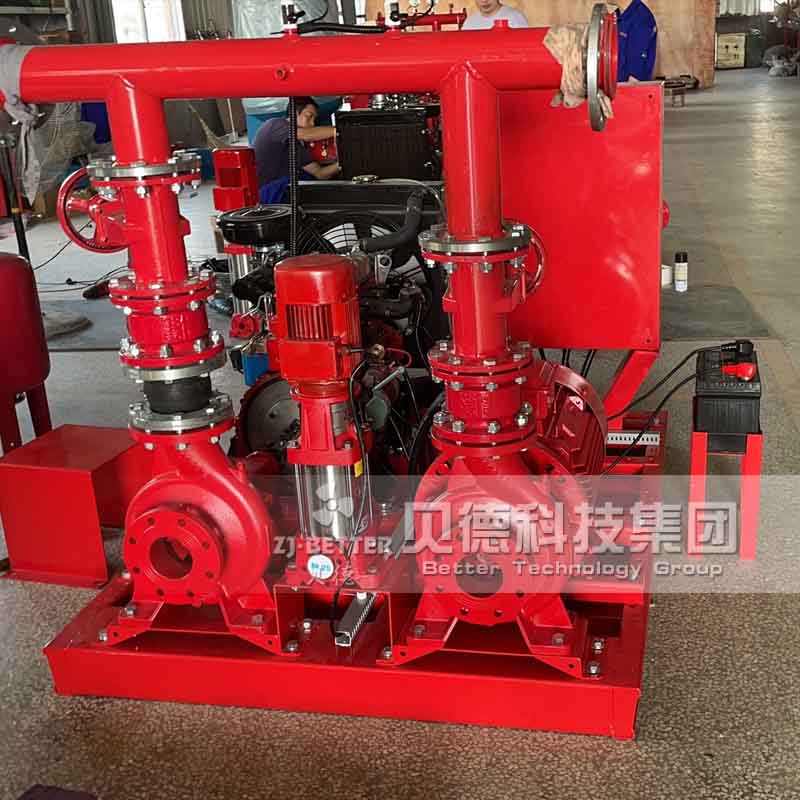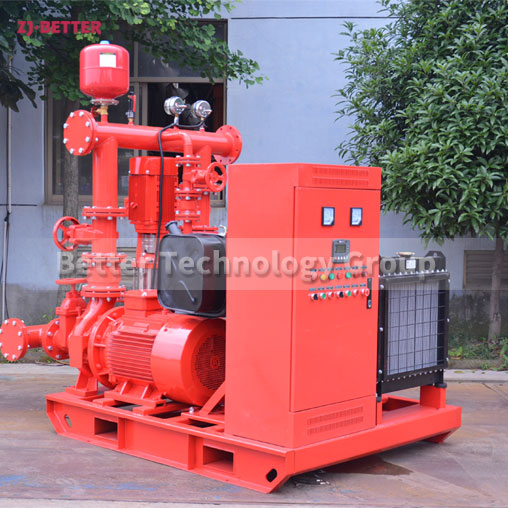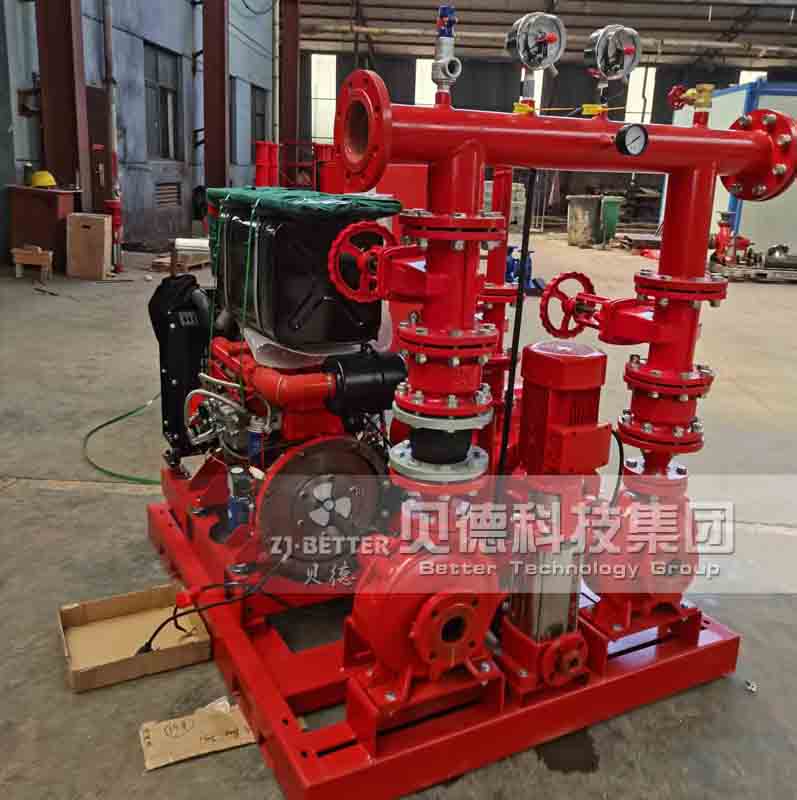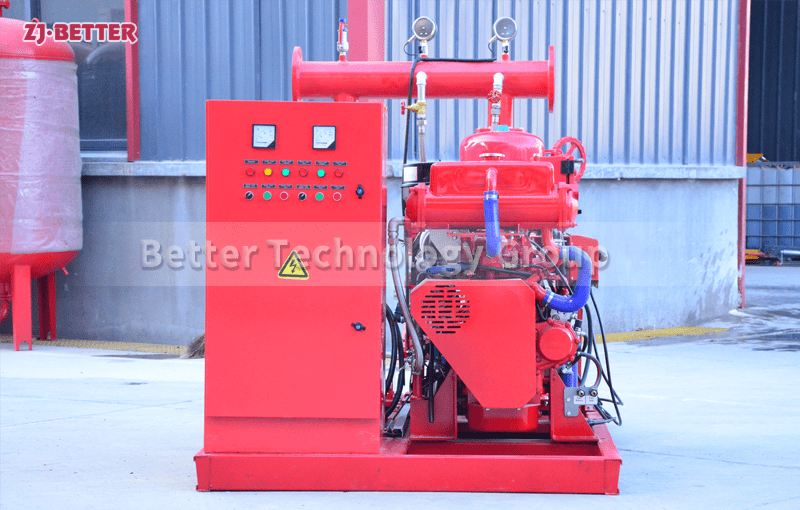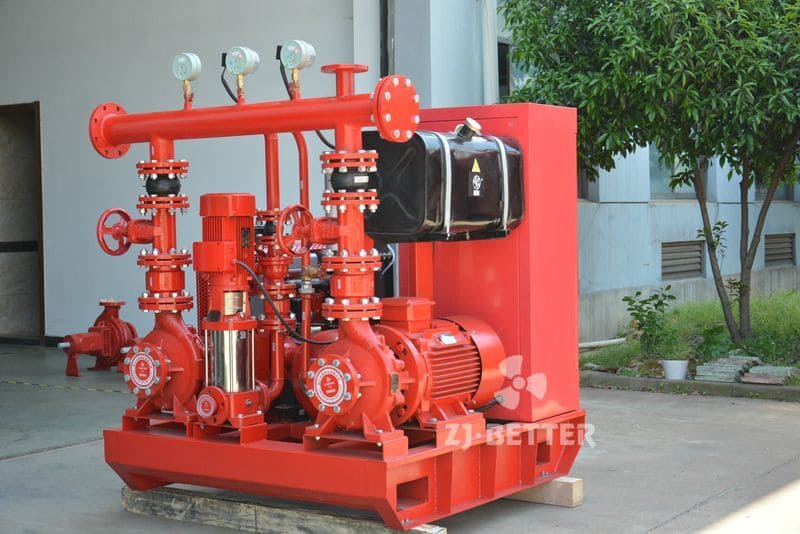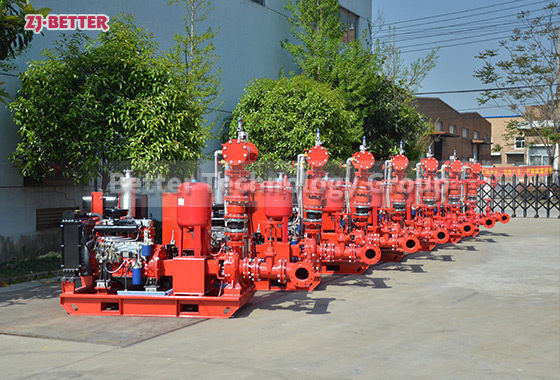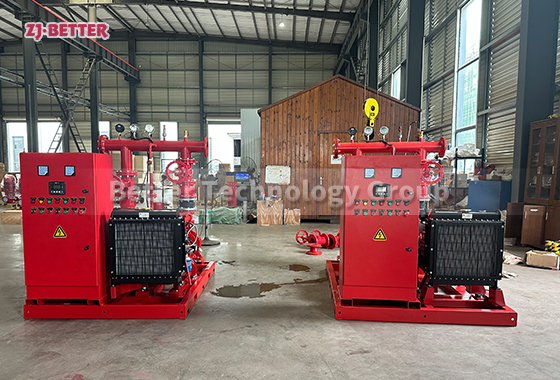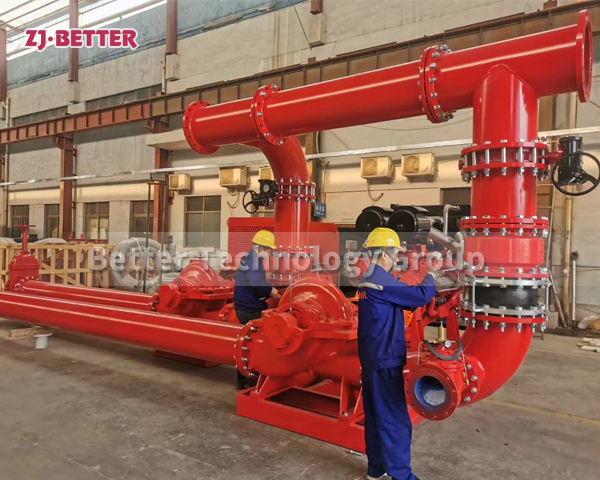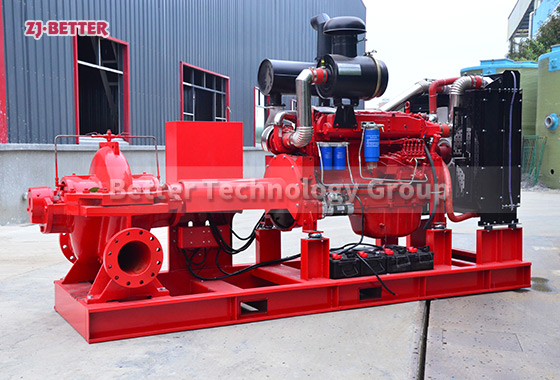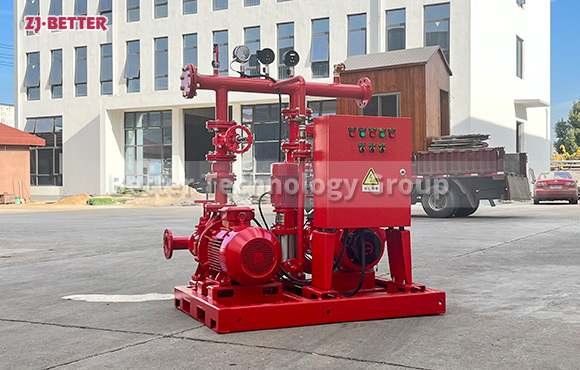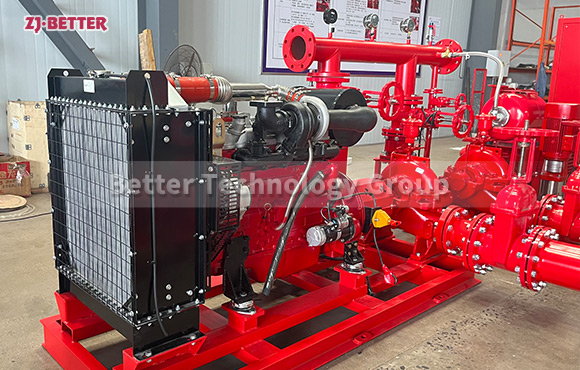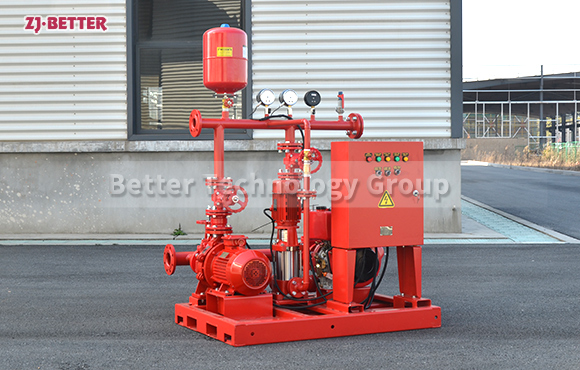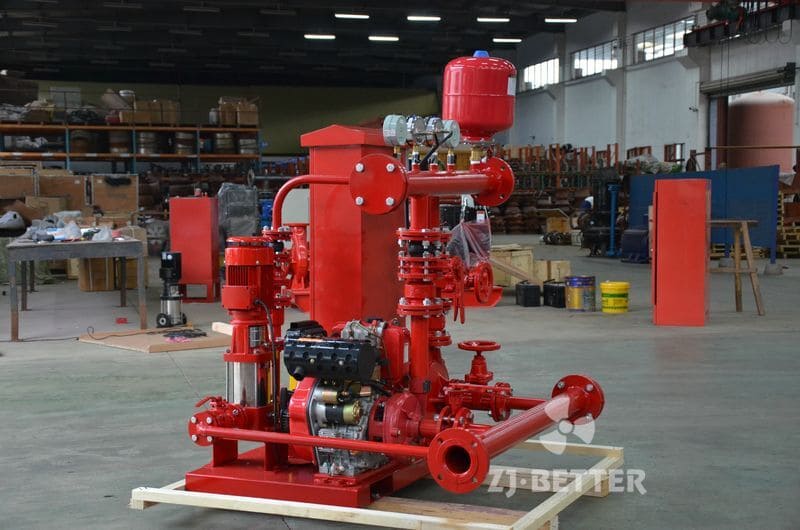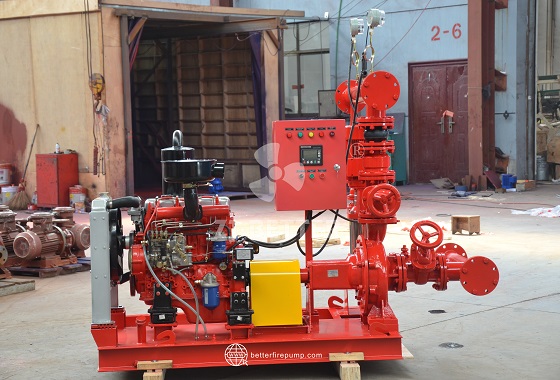Home » Fire Pump Set » What are the different types of fire pumps?
What are the different types of fire pumps?
There are two main types of fire pumps: horizontal split-case pumps and vertical inline pumps. Horizontal split-case pumps have a horizontally split casing and are widely used in larger installatio...
Contact US
Get Price
Share:
Content
There are two main types of fire pumps: horizontal split-case pumps and vertical inline pumps. Horizontal split-case pumps have a horizontally split casing and are widely used in larger installations. Vertical inline pumps have a vertical configuration and are often used in smaller buildings.
Inquiry
More Fire Pump Set

